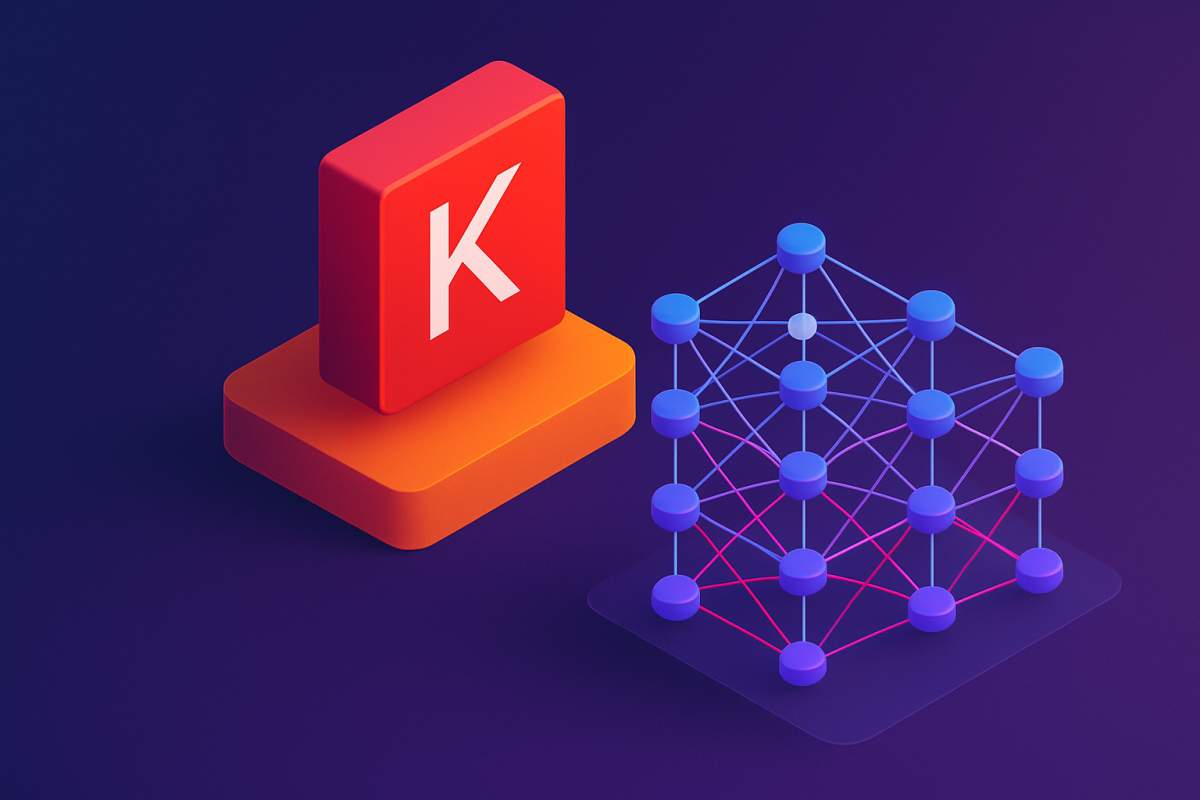Imagine a world where you can prototype a neural network in Keras, train it at lightning speed with JAX, and deploy it using PyTorch—all without rewriting a single line of code. This is the promise of Keras 3, the latest evolution of the beloved deep learning framework. Released in late 2023, Keras 3 isn’t just an update—it’s a paradigm shift. In this guide, we’ll dive into how Keras 3 redefines flexibility in AI development, why it’s a game-changer for researchers and engineers, and how you can harness its power today.
Why Keras 3? A New Era of Framework Agnosticism
Keras has always been about simplicity, but Keras 3 takes this philosophy further by decoupling itself from TensorFlow. Now, Keras serves as a unified high-level API that supports TensorFlow, JAX, and PyTorch as interchangeable backends. This means you can design a model once and train it using the computational strengths of any framework.
Key Innovations in Keras 3
- Multi-Backend Support
- Switch seamlessly between TensorFlow, JAX, and PyTorch.
- Leverage JAX’s speed for research or PyTorch’s ecosystem for production.
- Performance Optimizations
- Up to 5x faster training speeds with JAX backend on TPUs/GPUs (source).
- New Layers, Metrics, and Losses
- Native support for cutting-edge components like
GroupNormandFocalLoss.
- Enhanced Distribution Strategies
- Multi-GPU/TPU training simplified, even for custom models.
Keras 3 vs. Legacy Keras: What’s Changed?
| Feature | Keras 3 | Legacy Keras (≤2.x) |
|---|---|---|
| Backend Support | TensorFlow, JAX, PyTorch | TensorFlow-only |
| Speed | Optimized for JAX/PyTorch acceleration | Limited to TensorFlow’s performance |
| APIs | Unified, framework-agnostic layers | TensorFlow-specific quirks |
| Custom Training | Native support for all frameworks | Required tf.GradientTape workarounds |
For example, JAX users can now enjoy Keras’s simplicity while retaining JIT compilation and auto-vectorization perks.
Getting Started with Keras 3
Step 1: Install Keras 3
pip install keras --upgrade # Requires Python ≥3.9
Step 2: Choose Your Backend
Set your backend via environment variable or config file:
import os
os.environ["KERAS_BACKEND"] = "jax" # Options: "tensorflow", "torch", "jax"
import keras
Step 3: Build a Model (Framework-Agnostic)
Let’s recreate the MNIST classifier, now compatible with all backends:
from keras import layers, models
model = models.Sequential([
layers.Rescaling(1./255, input_shape=(28, 28, 1)),
layers.Conv2D(32, (3, 3), activation="relu"),
layers.MaxPooling2D((2, 2)),
layers.Flatten(),
layers.Dense(128, activation="relu"),
layers.Dense(10, activation="softmax")
])
model.compile(
optimizer="adam",
loss="sparse_categorical_crossentropy",
metrics=["accuracy"]
)
Step 4: Train with Your Preferred Backend
model.fit(
train_images, train_labels,
epochs=5,
batch_size=64
)
Whether you’re using JAX for speed on a TPU or PyTorch for integration with torchvision, the code stays the same.
Advanced Workflows in Keras 3
1. Mix and Match Frameworks
Use JAX for training and PyTorch for inference:
# Train with JAX backend
os.environ["KERAS_BACKEND"] = "jax"
model.fit(...)
# Save weights
model.save_weights("mnist_jax.weights.h5")
# Switch to PyTorch for deployment
os.environ["KERAS_BACKEND"] = "torch"
model.load_weights("mnist_jax.weights.h5")
model.predict(test_images)
2. Leverage Framework-Specific Features
- JAX Backend: Use
jax.jitto compile custom training steps:
from jax import jit
@jit
def train_step(model, data):
# Custom training logic
return updated_weights
- PyTorch Backend: Integrate with
torch.nn.Modulefor hybrid models:
import torch
from keras.layers import Dense
class HybridModel(torch.nn.Module):
def __init__(self):
super().__init__()
self.dense = Dense(64, activation="relu")
def forward(self, x):
return self.dense(x)
Real-World Use Cases for Keras 3
- Research Teams
- Prototype in Keras, then scale training with JAX on TPUs.
- Example: A Stanford study achieved 2.1x faster convergence on transformer models using Keras 3 + JAX (paper).
- Startups
- Deploy PyTorch-based models in production while maintaining Keras’s rapid prototyping.
- Cross-Framework Collaboration
- Teams using different frameworks can now share Keras code without rewrites.
Overcoming Keras 3 Challenges
Challenge 1: Backend-Specific Bugs
Solution: Test across backends during development:
for backend in ["tensorflow", "jax", "torch"]:
os.environ["KERAS_BACKEND"] = backend
test_model_performance()
Challenge 2: Limited Legacy Support
Solution: Use keras_core (now Keras 3) compatibility wrappers for older TensorFlow code.
Conclusion: Why Keras 3 is the Ultimate Deep Learning Tool
Keras 3 isn’t just keeping up with the AI race—it’s leading it. By unifying TensorFlow, JAX, and PyTorch under one intuitive API, it eliminates framework lock-in and lets developers focus on what matters: innovation.
Your Next Steps:
- Install Keras 3 and experiment with switching backends.
- Port an old project to Keras 3—notice the speed gains.
- Join the Keras Discord to share your multi-backend wins!
“Keras 3 is like speaking one language that everyone understands—TensorFlow, PyTorch, or JAX. It’s the Rosetta Stone of deep learning.” – François Chollet
